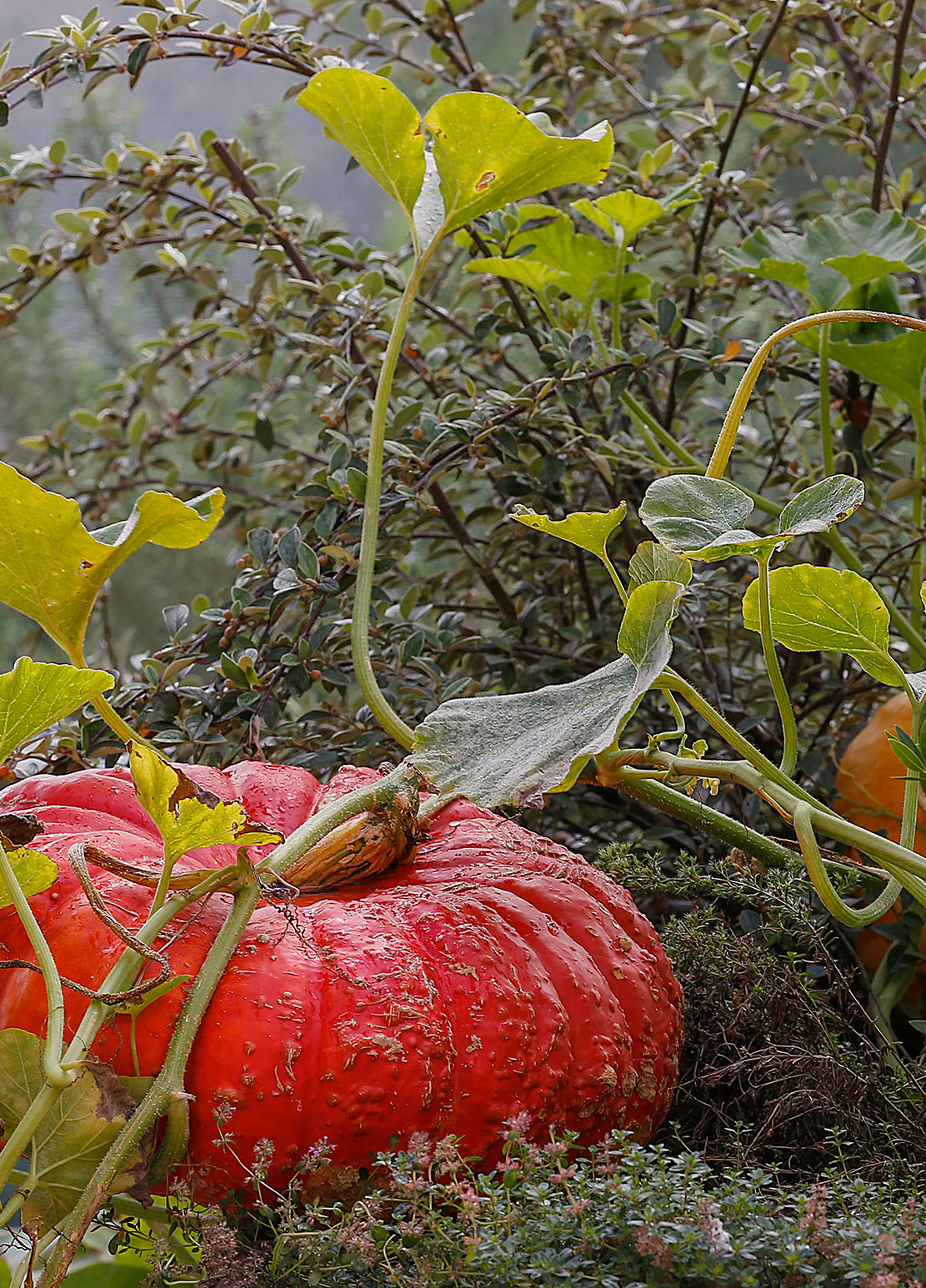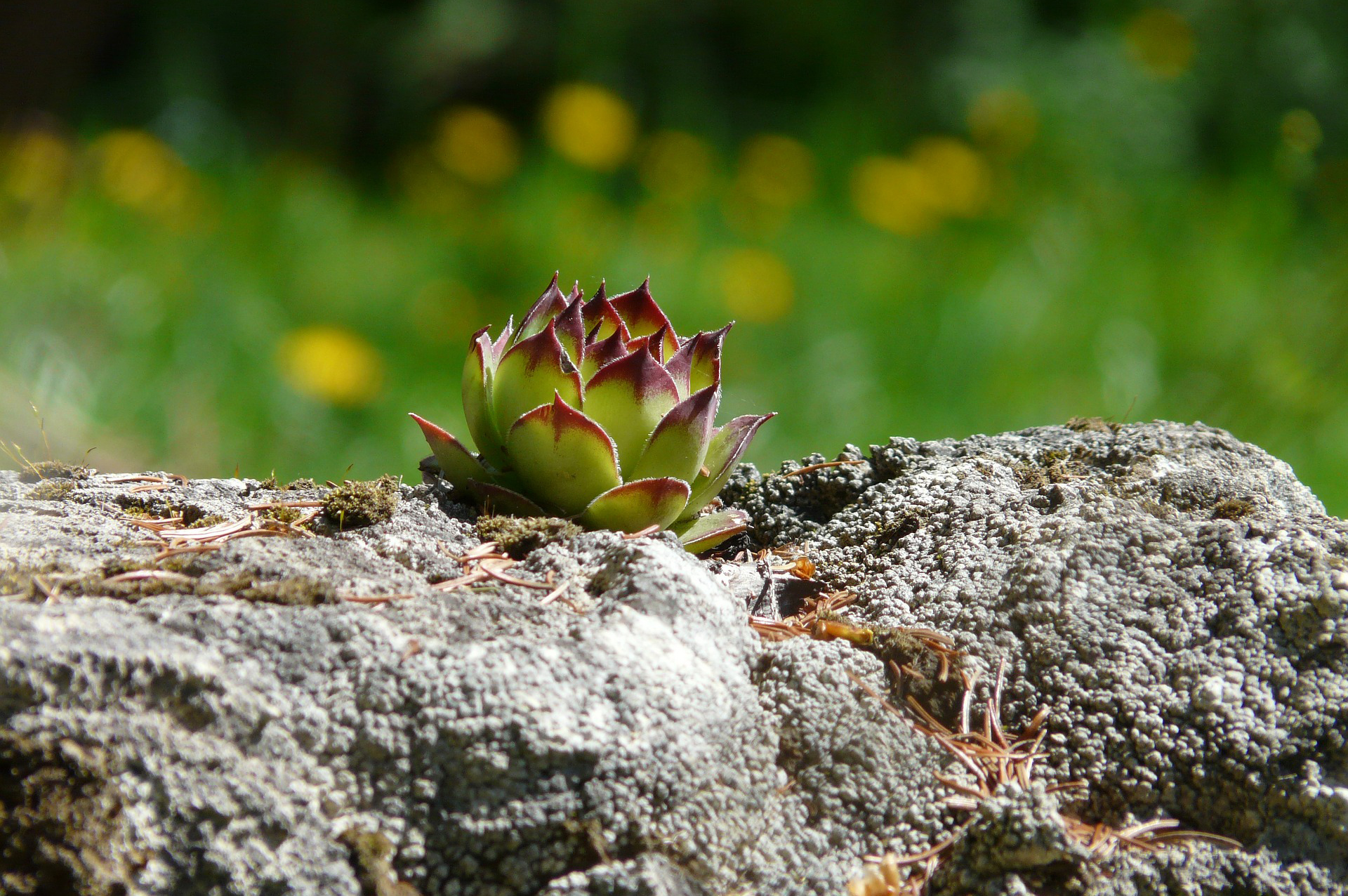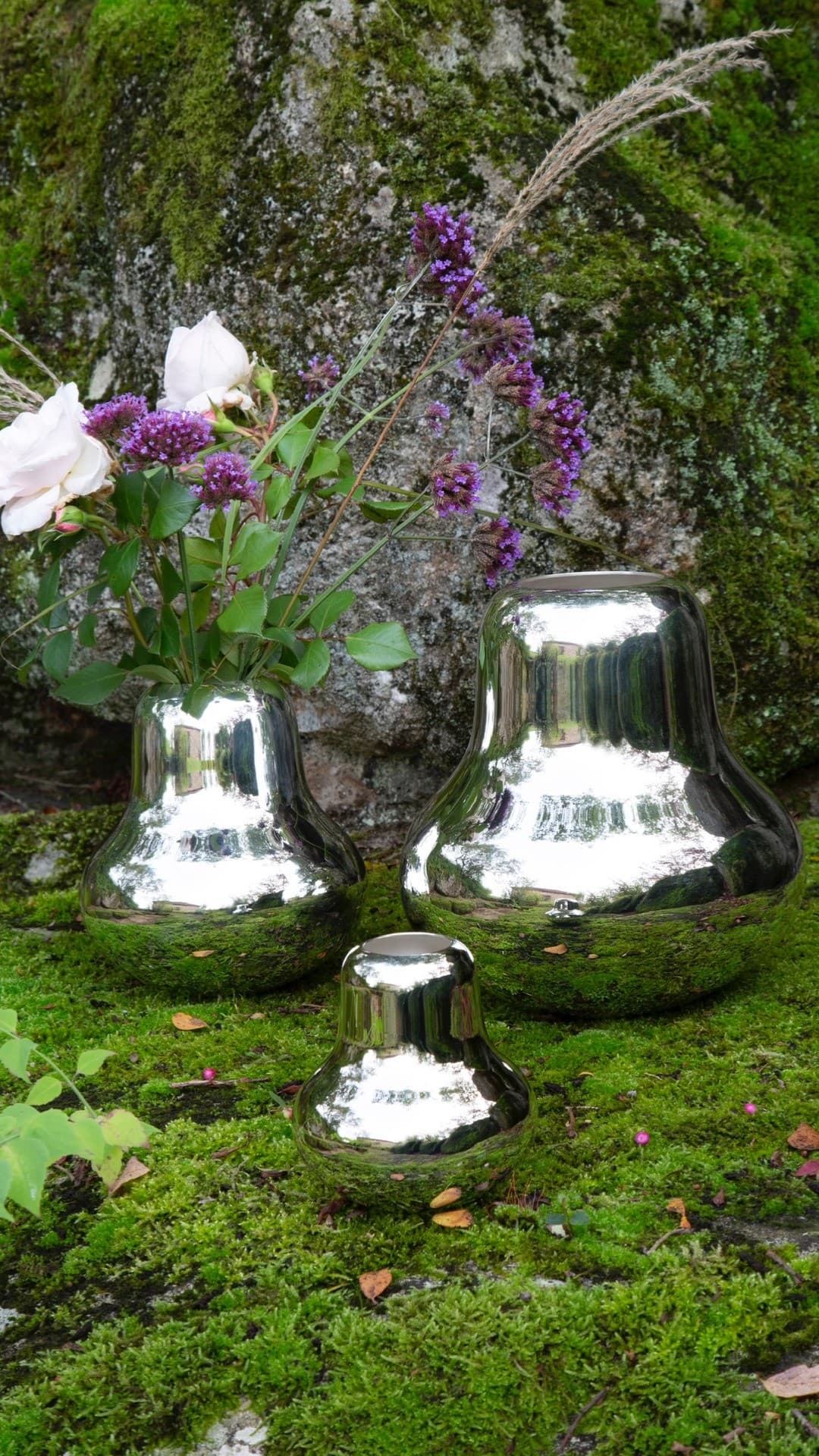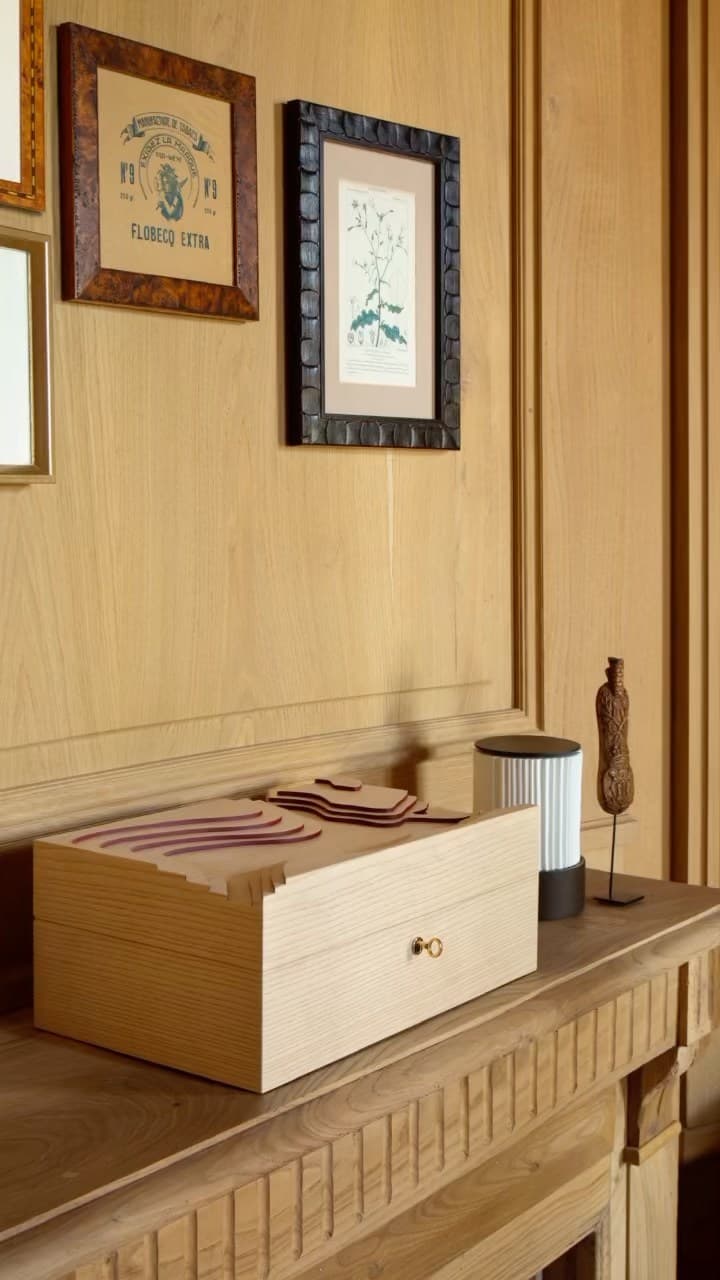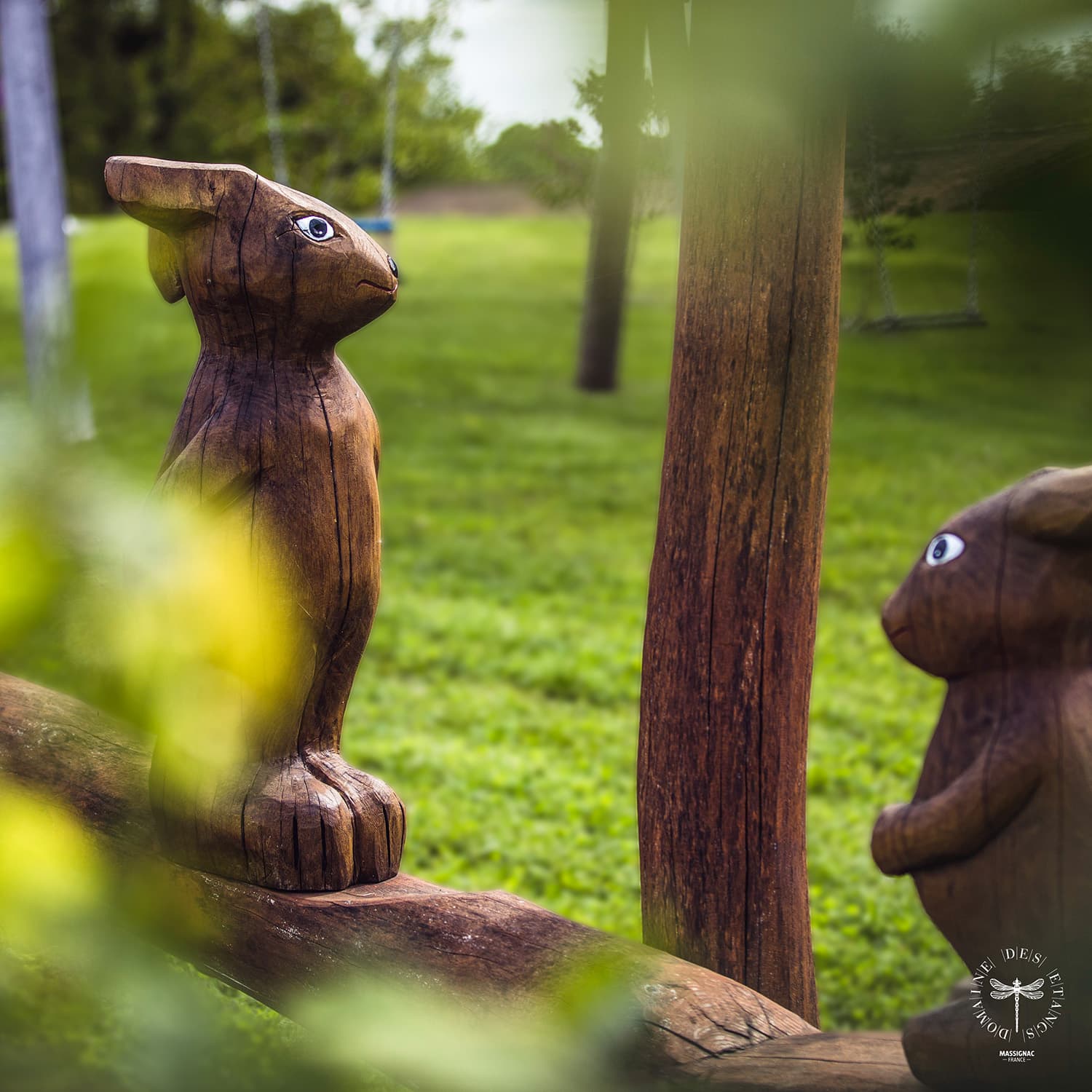In Hebrew, the word “pardes”, which designates the Garden of Eden in the Bible, is translated as “orchard, a place for harvesting fruit”. This word later produced the word paradise. The orchard, with its etymological origin, is thus associated with an ideal of lush nature.
For 14,000 years in Southeast Asia and for only 40 years in Europe, fruit growing has been linked to vegetable growing: it is the principle of the forest garden.
This way of cultivating and feeding oneself constitutes a promising agroecological solution. It allows for quality, a sustainable production in harmony with nature. Its abundance reminds us of the original connection with nature.
WHAT IS A FOREST GARDEN?
This type of cultivation consists in turning verticality into an asset when growing fruits, vegetables, aromatic and medicinal herbs. It often consists of three levels of vegetation: the top layer of trees, the middle layer of shrubs and climbing plants and the bed for vegetables and herbs.
This combination optimises space, increases production and provides many ecological benefits. It is a highly resilient environment that breaks away from the artificiality of monoculture, mimicking wild ecosystems.
The aim of this technique is to increase the beneficial interactions between species for better growth through biodiversity. The interaction is aerial, but also underground. It is a formidable web of deep and surface roots, which capture nutrients through the mycorrhizal network and exchange them between plants.
ITS BENEFITS FOR THE ENVIRONMENT
The forest garden is an agriculture of regeneration: it invites the living to inhabit the space without pushing it aside and losing its benefits.
First, the garden will store a significant amount of CO2, which will purify the air.
It will then create a microclimate conducive to the development of organisms.
The organic matter provided naturally by the trees will self-fertilise the soil – humus is generated. The humus and the roots filter and store water, which will reduce the need to water the crops, and trees also protect against bad weather.
The use of inputs is not necessary, as the diversity of species, the presence of regulating animals sheltered by the trees and the permanently covered ground will balance the ecosystem.
The soil does not need to be tilled or ploughed because the roots aerate it and the micro-fauna is very active. It is a rich environment.
A HUMAN ECOSYSTEM?
The forest garden favours the model of micro-farms located in specific areas, that are specific to certain terroirs. These small-scale farms can be set up in various places, in towns and villages. They are educational places where you can discover the interactions of nature and a new way of cultivating and feeding yourself.
Micro-farms also make it possible to develop direct distribution by stimulating the local economic fabric. They produce quality foodstuffs and reduce costs compared to standard farming. Their yield is interesting and gives farmers a rewarding self-sufficiency.
The return of biodiversity in forest gardens also has a positive impact on human health. It is a virtuous circle that leads to a global well-being
The Forest Garden brings a new dimension to agriculture for gardeners, more elevated and far more diverse in its productions. Harvests are abundant and both perennial and annual plants flourish. It offers an experience of total reconnection with nature within the global observation of an ecosystem.
How are you conducting your own agroforestry experiment?
*P.S: The forest garden also allows us to grow nuts for oils and edible mushrooms on logs.

